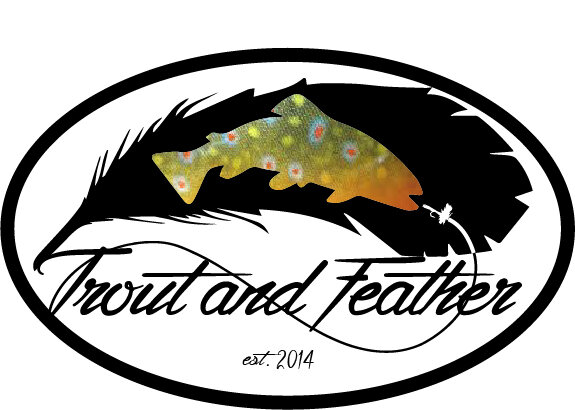That is me. And I’ve obviously caught a largemouth bass. Aside from those two facts there’s not a lot of certainty I have about this picture.
Why should that matter to me? Or, more pertinently for the reader, why should this photographic mystery matter to you?
The author with a largemouth bass from years ago. In this blog, Matthew Lourdeau explores the meaning behind fishing pictures and where the value lies.
I have a good reason why this all matters to both of us. But first, let me provide some background information: I have a small photo album with a wooden cover that sits on my dresser. It is there because it has always been there. For something like 15 years, this gift has wedged itself snugly in between a humidor, a Chicago Bears stein that holds loose change, and the spot reserved for my wallet. Inside are a number of fly-fishing photographs. There is a picture of my first trout, my first steelhead, and my first trip to the Appalachians. There is a picture of me being instructed in casting by the late Leon Chandler. There are also pictures, like the bass shot in question, that have lost their backstory.
15 years ago, I deemed it worthy for inclusion. Today? I’m not sure why.
Pictures are always worth 1,000 words. But the words that mean the most are the ones that communicate objective facts, not opinions or surface-level observations. A hand-scrawled note on the back of even the most mundane photograph can serve to set context, provide unseen details, and trigger memories.
This speaks to a practice that many anglers, hunters, and hikers have engaged in for generations: field notes. On one hand, you’re keeping a log of the logistical details that may have led to or impeded your day afield. Weather, wind, fly pattern, and flask contents are the kind of details that might help you establish a pattern for success.
Perhaps more important is the log containing your experiences. The fish, their quantity and quality, matter. But those tally-marks aren’t a story. A story, which is really just a memory shared, is usually only the products of circumstance and observation. Circumstances you can rarely dictate, but observations actually come with practice. And jotting down a thought or two will preserve your memories in a way that a cell phone full of pictures can’t compare.
Otherwise, you’re just left with a photo. And assumptions.
So, as for my picture - what are my assumptions? It must have been after 2000; I look like I did right around my senior year of high school or beginning of college. I know that around that time I had caught a few really big bass on golf course ponds. Unfortunately, I had been without a camera. Those lunkers prompted me to carry one. The glasses were an inexpensive Orvis model, the hip pack was from LL Bean, and the Tilley hat only made it into my angling wardrobe for a season or two.
Perhaps if I cross-referenced other pictures or called up all my fishing buddies I could get some more details. But if I can’t remember, I can’t imagine that day and that unremarkable fish are taking up space in anyone else’s head.
Matthew Lourdeau of “Casting Across” brings a fresh perspective to the world of fly fishing. Read more of his work here: Casting Across
I learned long ago, albeit subsequent to the photo in question, to keep some sort of history of my fly fishing. A few sentences, perhaps accompanying a random assortment of snapshots, establish moments that have significance. The best of them became significant in hindsight. Ultimately, the value is all mine. But if we’re honest, the value of the fish we catch and the time we spend outside in the water is usually only ours anyway.


